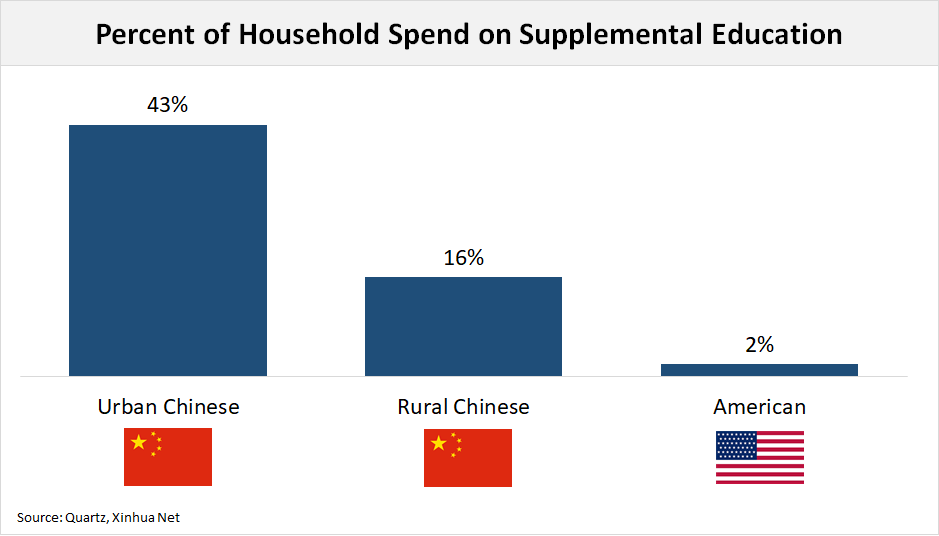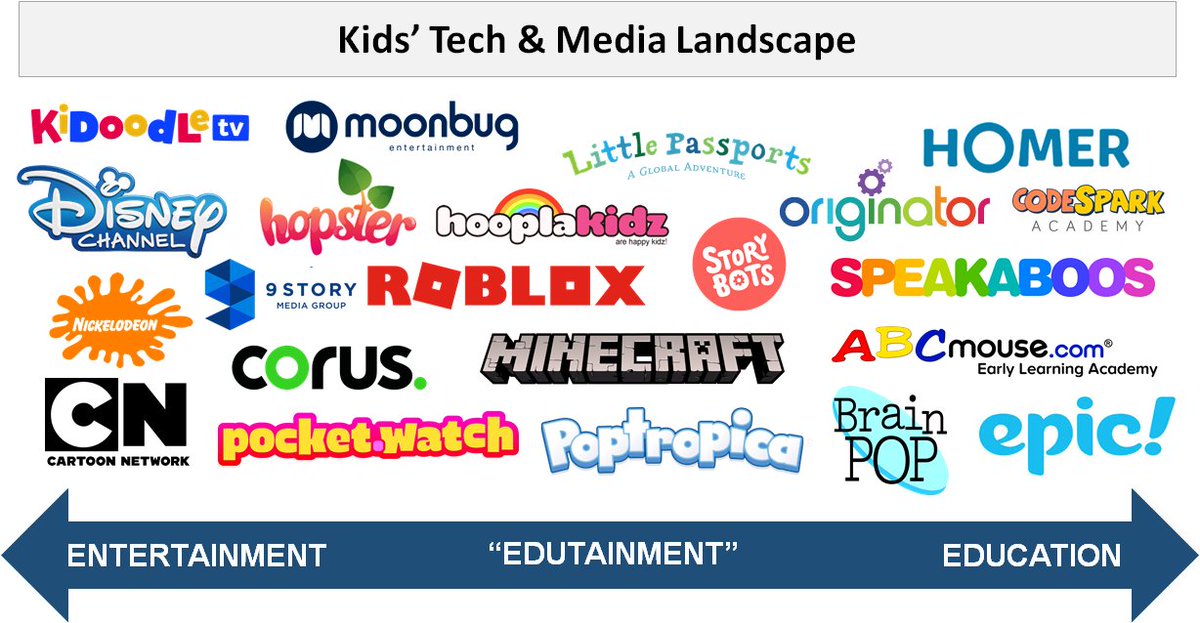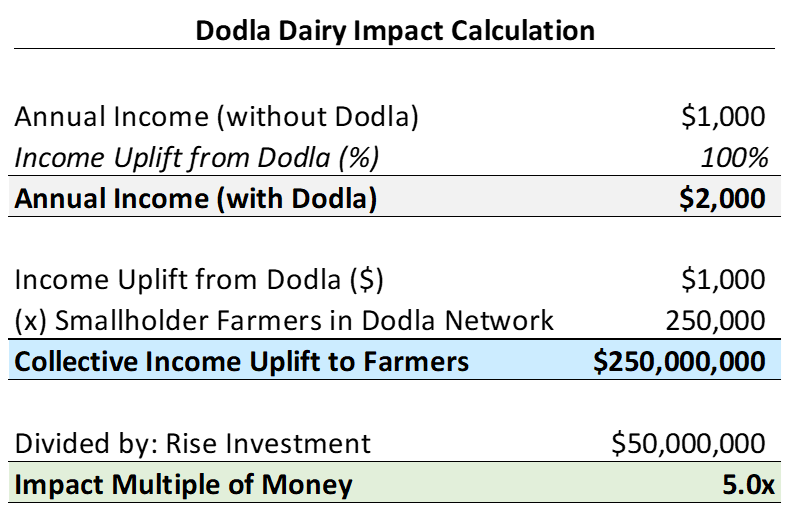
1/ Costco has always fascinated me.
Costco makes essentially $0 in profit from product sales, since it basically sells goods at cost. Instead, it charges a membership fee that is almost 100% margin.
Here are some of my favorite slides from a great overview by @minesafety 👇
Costco makes essentially $0 in profit from product sales, since it basically sells goods at cost. Instead, it charges a membership fee that is almost 100% margin.
Here are some of my favorite slides from a great overview by @minesafety 👇

2/ At a time when physical retail is struggling, Costco is thriving. It keeps opening more and more new stores. 

3/ But Costco makes virtually $0 on merchandise. It sells products for dirt cheap, guaranteeing lowest prices.
*But* Costco charges $60/year to be a "member". Membership revenue is almost *pure profit*.
Costco has 50 million members & 25% of US households have a Costco card.
*But* Costco charges $60/year to be a "member". Membership revenue is almost *pure profit*.
Costco has 50 million members & 25% of US households have a Costco card.

4/ Low prices create a nice flywheel. Low prices bring in more members, which boosts revenue. Huge sales volume gives Costco massive leverage with suppliers, letting them offer even lower prices. The cycle repeats. 

5/ How Costco cuts cost is also fascinating.
First, it offers a limited selection. Costco offers 4,000 products compared to Walmart's 120,000 and Amazon's 600,000,000.
Customers get one choice of ketchup, one choice of shaving cream, etc.
First, it offers a limited selection. Costco offers 4,000 products compared to Walmart's 120,000 and Amazon's 600,000,000.
Customers get one choice of ketchup, one choice of shaving cream, etc.

6/ This means Costco is often the supplier's largest customer, giving Costco massive leverage. Costco gets products from suppliers at the best costs.
Fewer products also reduces complexity, letting Costco be more productive & profitable per employee.
Fewer products also reduces complexity, letting Costco be more productive & profitable per employee.

7/ Costco also sells in bulk, which makes people buy more while thinking they're getting a great deal.
Selling in bulk also makes it harder for people to steal products! Costco only loses 0.2% of revenue to theft each year, 80% lower than Walmart.
Selling in bulk also makes it harder for people to steal products! Costco only loses 0.2% of revenue to theft each year, 80% lower than Walmart.
8/ Costco also doesn't have a warehouse: the store *is* the warehouse. There's no "back room".
Forklifts take products right from the delivery truck to the store floor, dramatically cutting labor and real estate costs.
Forklifts take products right from the delivery truck to the store floor, dramatically cutting labor and real estate costs.

9/ Costco also doesn't label aisles. It's a barebones shopping experience & people have to wander the entire cavernous store to find things.
The warehouse approach boosts Costco's revenue per sq ft and profit per sq ft over rivals.
The warehouse approach boosts Costco's revenue per sq ft and profit per sq ft over rivals.

10/ In a lesson that other retailers can learn from, Costco treats its employees well.
The avg US retail employee makes $12/hour. The avg Costco employee makes $22/hr and receives health insurance and a 401k.
Annual turnover is only 5%, compared to the industry average of 59%.
The avg US retail employee makes $12/hour. The avg Costco employee makes $22/hr and receives health insurance and a 401k.
Annual turnover is only 5%, compared to the industry average of 59%.
11/ “In order to reward the shareholder in the long term, you have to please your customers & workers. You've got to get the very best people that you can & you want to be able to keep them & provide some job security. That's not just altruism, it's good business.” - former CEO
12/ It's *all* about low prices:
“Many retailers look at an item and say, I’m selling this for $10. How can I sell it for $11? We look at it and say, How can we get it to $9? And then, How can we get it to $8? It is contrary to the thinking of a retailer." - former CEO
“Many retailers look at an item and say, I’m selling this for $10. How can I sell it for $11? We look at it and say, How can we get it to $9? And then, How can we get it to $8? It is contrary to the thinking of a retailer." - former CEO
14/ To summarize: Costco has an innovative business model: maniacally focused on low prices & customer service, while cleverly operating to cut costs at every opportunity.
And it's working:
$160B sales
98% from merchandise
2% from membership fees
8% annual growth since 2000
And it's working:
$160B sales
98% from merchandise
2% from membership fees
8% annual growth since 2000
• • •
Missing some Tweet in this thread? You can try to
force a refresh








